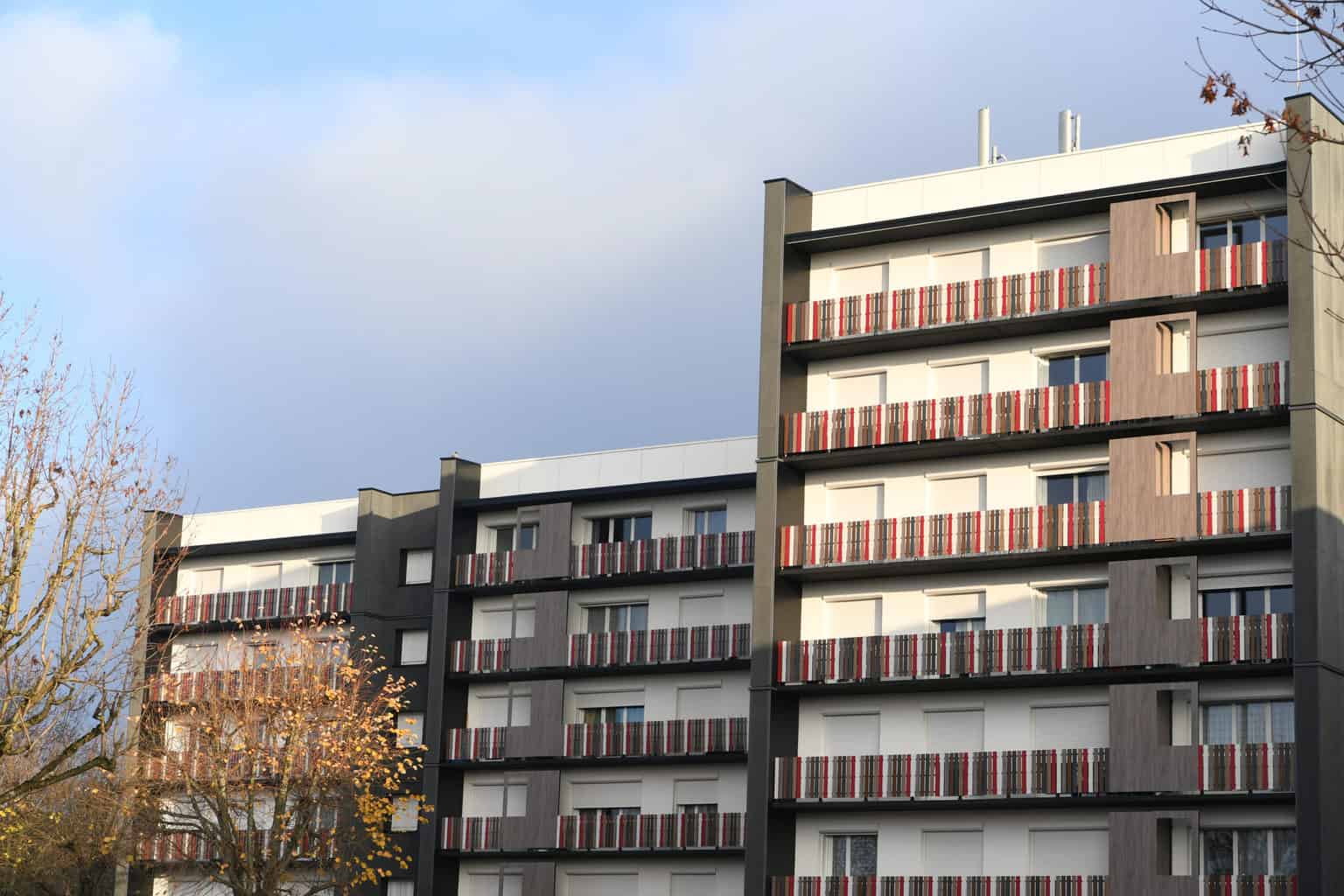
Building Renovations – a Springboard Towards Zero Carbon?

Renovating With Everything Reused or Recycled That Can Be
Nearly 46 million tonnes of waste (rubble, wood, glass, etc,) are produced each year by the construction industry. Half is from demolition and more than a third from renovation(1). Renovation has a key role in the management and production of the industry’s waste. First of all, because only 10 to 30% of waste from renovation is recovered. This represents a considerable opportunity for improvement! But also because renovation is an effective way to prolong the lives of buildings. Doing this has the direct result of reducing the number of demolitions and therefore waste, in a move away from the linear mindset of extracting, consuming and throwing away. With renovation, it is quite possible to have a positive effect on the energy consumption and carbon impact of housing and (of course) the comfort of its occupants, but also on the quantity of waste generated in the course of bringing it in line with current standards. However, to succeed in obtaining this positive equation, renovation should rely more on the reuse of materials.Making a Second Life for Materials a Priority
The reuse of deconstruction materials, whether it takes place on the same site or they need to be transferred another renovation, reduces a building’s environmental impact. Doing this has positive consequences that go well beyond ‘simply’ reducing the carbon emissions linked to the transportation and use of new raw materials:
-
- The energy consumption needed to extract a ‘new’ material is saved
- Natural resources are protected
- Waste disposal costs and the volume of waste to be handled in the area are reduced
- The cost of the new materials necessary for the renovation is reduced
By reusing what can be reused, renovation projects can take a huge step towards a circular economy and effectively impact on the industry’s carbon emissions.
Opting for Responsible Purchases when Renovating
In the frantic race towards sustainability, we sometimes forget that reuse is not a new concept! Humans have been building with stones that have already been used for thousands of years. Of course – back then – it wasn’t about the circular economy or protecting nature, just reducing efforts and saving resources. After the Second World War, industrialisation – a real turning point for construction – enabled France to build back quickly. With just one drawback: yesterday’s industrialisation is not the same as today’s, and it’s a good job! Many polluting materials with limited lifespans appeared during the 20th century. There’s no use in judging the past, however! The industrialisation of today, as it is operating and evolving, presents a solution to speed up the energy renovation of buildings.Responsible Purchasing: ‘Carbon Leaders’ at Bouygues Construction
As part of the commitments taken by the group in support of the Paris Climate Agreement, Purchasing, responsible for 75% of our carbon footprint, have taken strong action. ‘Carbon Leaders’ have been tasked with assessing the current situation and determining means of action for the 15 categories identified as the most carbon-heavy, with the help of the CSR management of each subsidiary. Actions that have already been undertaken by our suppliers are of course encouraged, like the circular economy initiative by the company Wicona, offering recycled aluminium windows which cut the product’s carbon footprint in four.
However in 2021, we’re returning – with a certain enthusiasm – to the days of French craftsmanship and local production of materials. And for good reason, as these are a trump card in the sustainable development of the construction industry. In practice, using eco-friendly construction materials is a chance to call on traditional and local craftsmanship and reduce the environmental impact of existing buildings while also contributing to rise of new waste recovery sectors or materials made with resources present in the region.Straw: An Example of a Local Carbon Sink
Straw is a type of agricultural residue that is present in very large quantities on French soil. “A worthwhile by-product for a number of reasons,” as explained by Thierry Jost, Bio-Sourcing Advisor at Bouygues Bâtiment Île-de-France – Ouvrages Publics-Brézillon, in a previous article. “Locally-sourced, with a low carbon footprint and excellent insulating properties, this renewable material enables us to call on the French straw construction network for insulation – instead of bringing in building materials from other countries, or even continents.” A material which helps to reduce thermal bridging in existing homes and improve the comfort of inhabitants. A material which has undergone very little or even no processing, has a very low carbon footprint, and even acts as carbon sink during its growth phase.
Reduce, reuse, recycle. The 3 Rs of the circular economy could well break into a new field! Combined with renovation, they could speed up the reduction of the construction industry’s carbon footprint considerably. We just need to put in place a complete – even simplified – set of norms, enabling each of the stakeholders in a renovation project to take effective and well-reasoned action at their level.More reading
Read also





